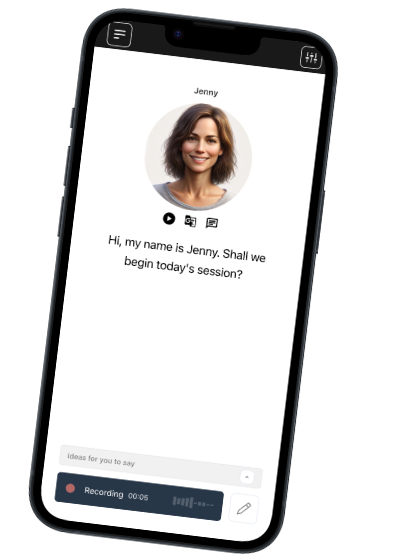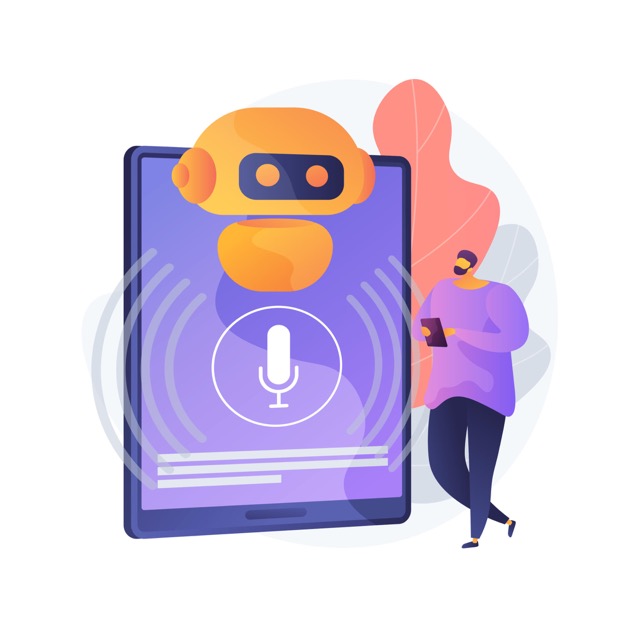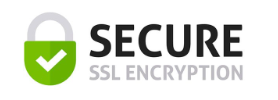Founded in Denmark. We respect your privacy.
Join a worldwide community of language learners
Is Duolingo Making You Fluent or Just Addicted? What Science Says About Gamified Language Apps
Last updated on
Language learners everywhere have gravitated to gamified apps like Duolingo, lured by daily streaks, XP, and a parade of leveling-up animations. The promise is clever: squeeze in a few minutes of practice each day and you’re on track to speak a new language. But how much do these streaks and rewards actually improve your spoken fluency? Or do they just tap into the psychology of habit—for better or worse? Dive in as we explore the surprising truths behind the science of gamified language learning—and stay tuned for a scientific twist at the end that could change how you think about apps like Duolingo forever.
Gamification transforms routine learning into something that feels more like a game, using points, badges, leaderboards, and timed challenges. This motivational design has reshaped how millions approach vocabulary, grammar, and even pronunciation, often turning formerly tedious drills into an addictive—and sometimes competitive—daily habit. But does racking up virtual rewards genuinely translate to speaking skills in the real world?
Research suggests gamification does have a measurable impact on motivation and engagement. According to a study published on ScienceDirect, gamified elements, such as feedback and progression indicators, promote sustained engagement with language activities. For a lot of learners, this is no small feat. Building a consistent habit is often the greatest obstacle to language progress. Therefore, apps may shine in helping users develop regular practice routines.
However, scientists also warn that motivation driven by streaks and rewards may not be enough for developing true communicative ability. A meta-analysis from Frontiers in Psychology concluded that while gamified apps can increase vocabulary recognition and reading comprehension, their impact on speaking and conversational skills remained limited without more interactive, real-time practice. The game-like structure often leads to surface-level memorization, rather than the deep, active use of language necessary for full fluency.
One reason is that most gamified apps focus on individual exercises: translating sentences, filling in blanks, or selecting words. This type of training can reinforce passive knowledge (understanding when you see or hear words), but it lacks the dynamic challenge of live conversation. As many linguists explain, real-world fluency develops through interactive, responsive communication—something that static gamified exercises rarely provide (see community discussions).
Interestingly, some new digital platforms are beginning to bridge this gap. Applications such as Talkio introduce AI-driven conversational practice, providing real-time feedback on pronunciation, fluency, and grammar in a genuinely interactive way. Unlike streak-based games, this technology enables learners to engage in lifelike dialogues—training the brain for the messy, unpredictable nature of actual communication.
The effectiveness of gamification may also depend on your learning goals and your native language. For example, learners targeting Spanish in Latin America may benefit from rapid-fire vocabulary games at the start, but eventually need to interact with local accents (such as those on Mexican Spanish on Talkio) to build confidence in speaking with people in context. Understanding when to transition from in-app games to conversation practice can make or break your progress.
So—here’s the twist science is uncovering: While the dopamine hit from streaks makes you return, it’s real-time speaking and feedback that cement true fluency. Studies consistently show that if your learning journey is only about keeping your chain alive or topping a leaderboard, you may be “winning” at the app, but not actually building the speaking skills you crave. If instead you blend the motivation of gamified practice with real, responsive conversation (even simulated with technology), you’re far more likely to reach the finish line of genuine, confident communication.
Which means the next big leap in language learning may not just be about clever games, but about bridging practice streaks with authentic, in-the-moment speaking—all backed by what current research tells us. For more on this evolving science, visit SAGE Open or explore community insights on r/languagelearning.
Talk Your Way
to Fluency

Talkio is the ultimate language training app that uses AI technology to help you improve your oral language skills!
Try Talkio

